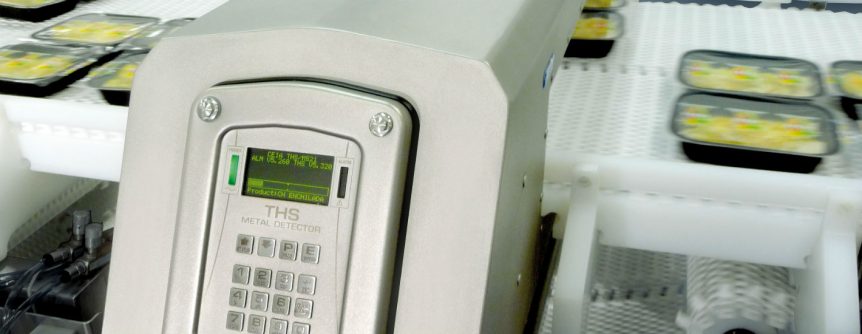Metal detection systems form part of a manufacturer’s quality control procedures and are an essential part of protecting both the consumer and the brand from the ill effects of contaminated end products, whether they are physical or reputational.
But how do you correctly validate your metal detection system to ensure it is working to specification and within your quality control parameters? Here are some key points to consider:
1) For new metal detection systems and processes
When a new project is being designed, many pieces of the process will be tested to ensure that the end product can be manufactured efficiently and consistently. Metal detection, whilst not generally part of the process to actually create a product, is almost always required to ensure that the end product is safe once packed and ready for onward sale.
Testing products against a range of possible metal contaminants at the design stage is therefore recommended to ensure that the equipment is correctly specified prior to purchase. Wherever possible, samples of all products that will be produced on the line should be made available and a series of tests carried out to determine test sample sizes. The wider the range of variations on the product being produced, the greater the need for a device capable of dealing with variations in the product signal.
During the commissioning of the new line, actual factory running conditions need to be reflected wherever possible. As with the pre-order tests, if all products that are to be manufactured can be made available to the commissioning team, then tests can be conducted with all test samples to ensure that they are correctly detected during normal operation.
Reject systems and control system integration as well as data logging and reporting can all be verified at this point and properly documented for quality control purposes.
By documenting the introduction of the test contaminants and ensuring their accurate detection and rejection, the commissioning team both ensures the production line is ready to start actual production but also creates a procedure for system checks and validation at any future time, as determined by the facilities own quality control procedures.
2) For existing lines
There is no legislation that determines how often a system is verified and each production process will have its own unique set of requirements. Having said this, the Supermarket Codes of Practice have driven a lot of commonly applied procedures and best practices.
For example hourly testing of a system has been adopted as a standard and is related to the length of time FMCG products remain on site. In very high volume systems this may be reduced to every ½ hour.
Many modern control systems will monitor all of their external controls for correct operation and should one indicate a fault the system will automatically switch to its failsafe condition. Once the fault has been corrected,the system may then require a manual check before production can resume.
3) Conclusion
It is impossible to write a standard guide to validating a metal detection system. One size does not fit all, different manufacturers equipment behaves differently, the age of the system will have a bearing on the results and different clients demand distinct quality procedures.
With each system, pre-production testing will identify the best procedures and equipment for the production process; correct commissioning will help refine the procedures for the specific environment encountered on site and the end customer, often defined by Supermarket Codes of Practice, will determine the frequency and manner of ongoing validation and quality control.

